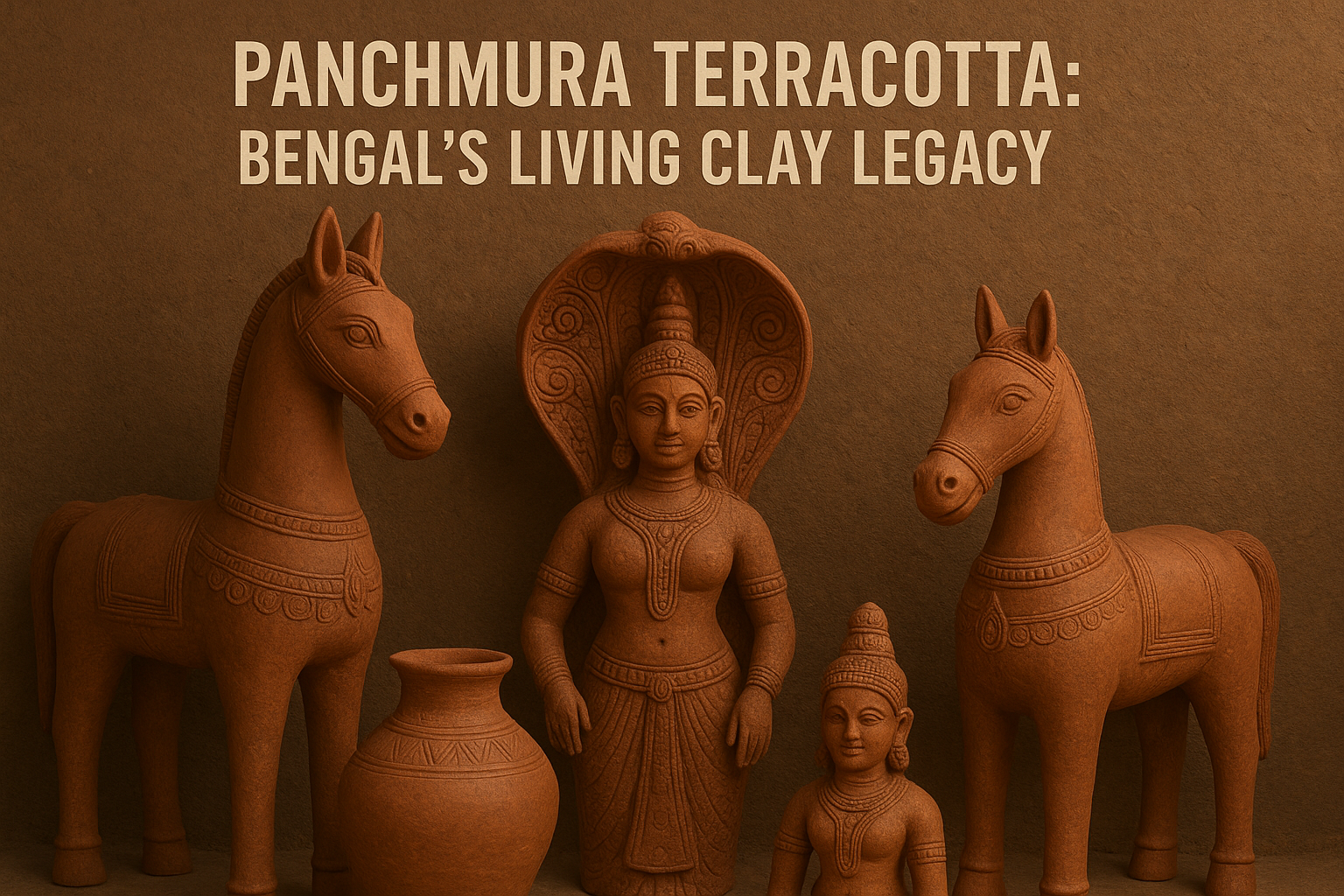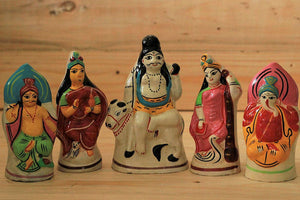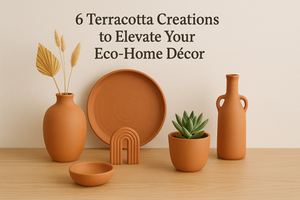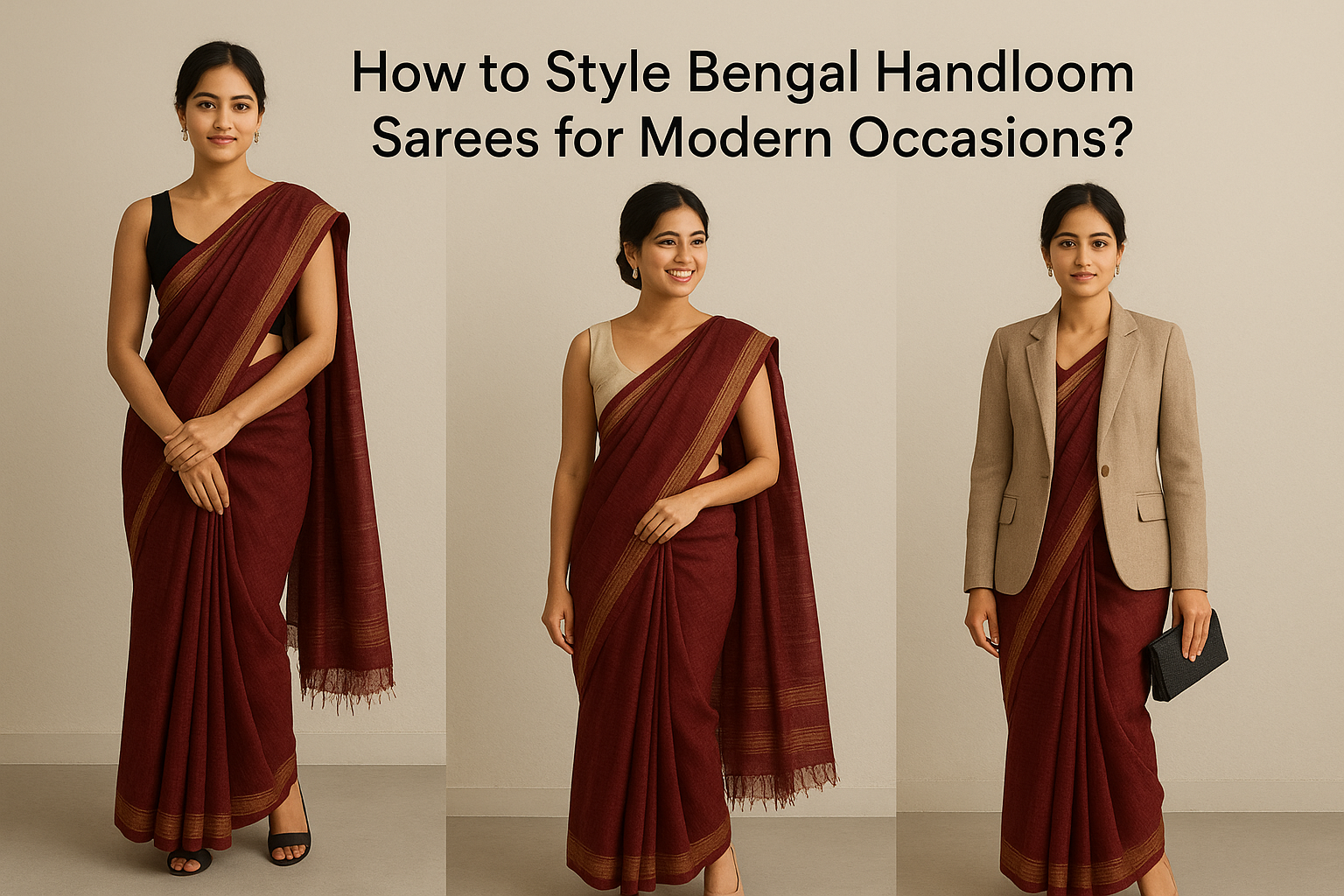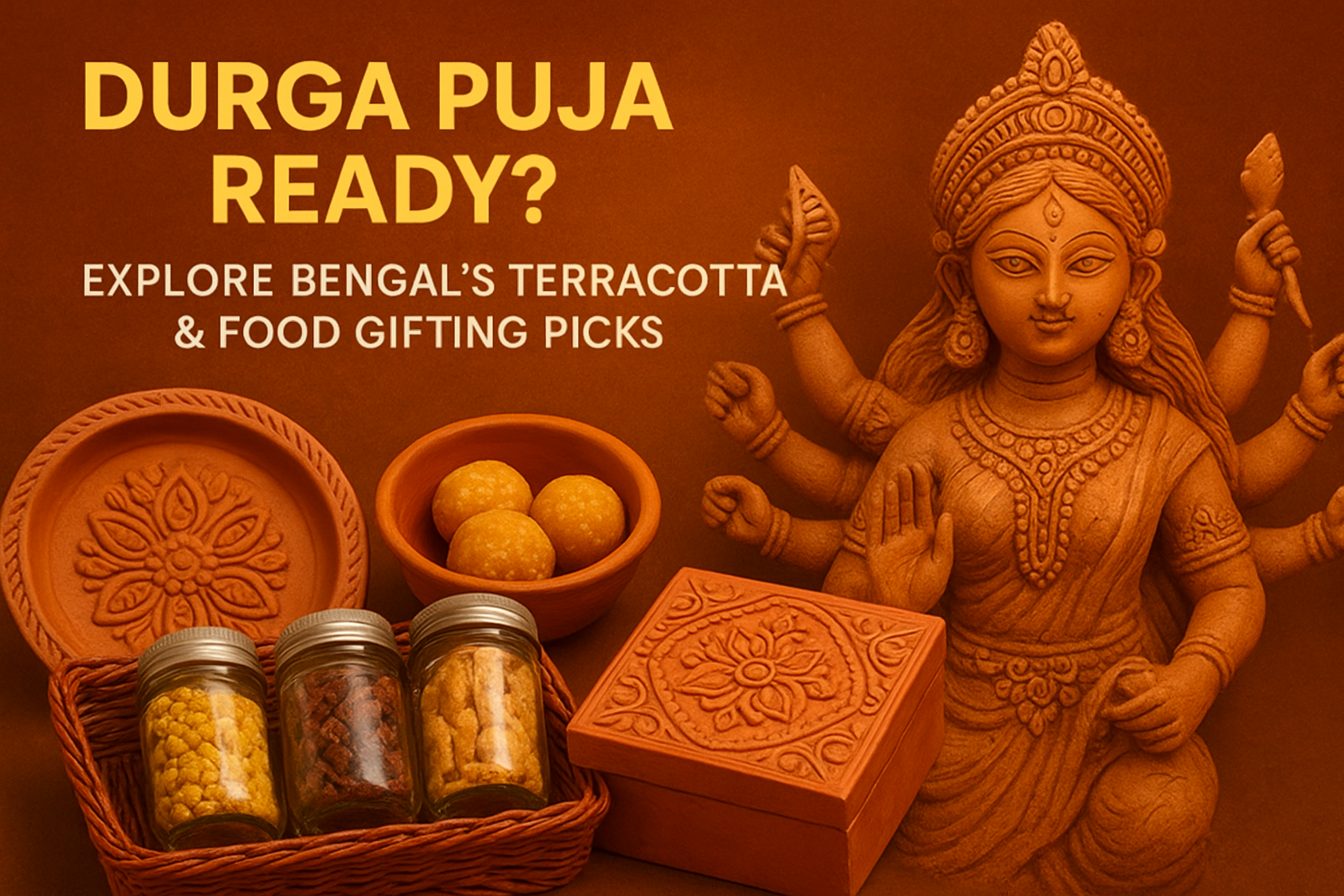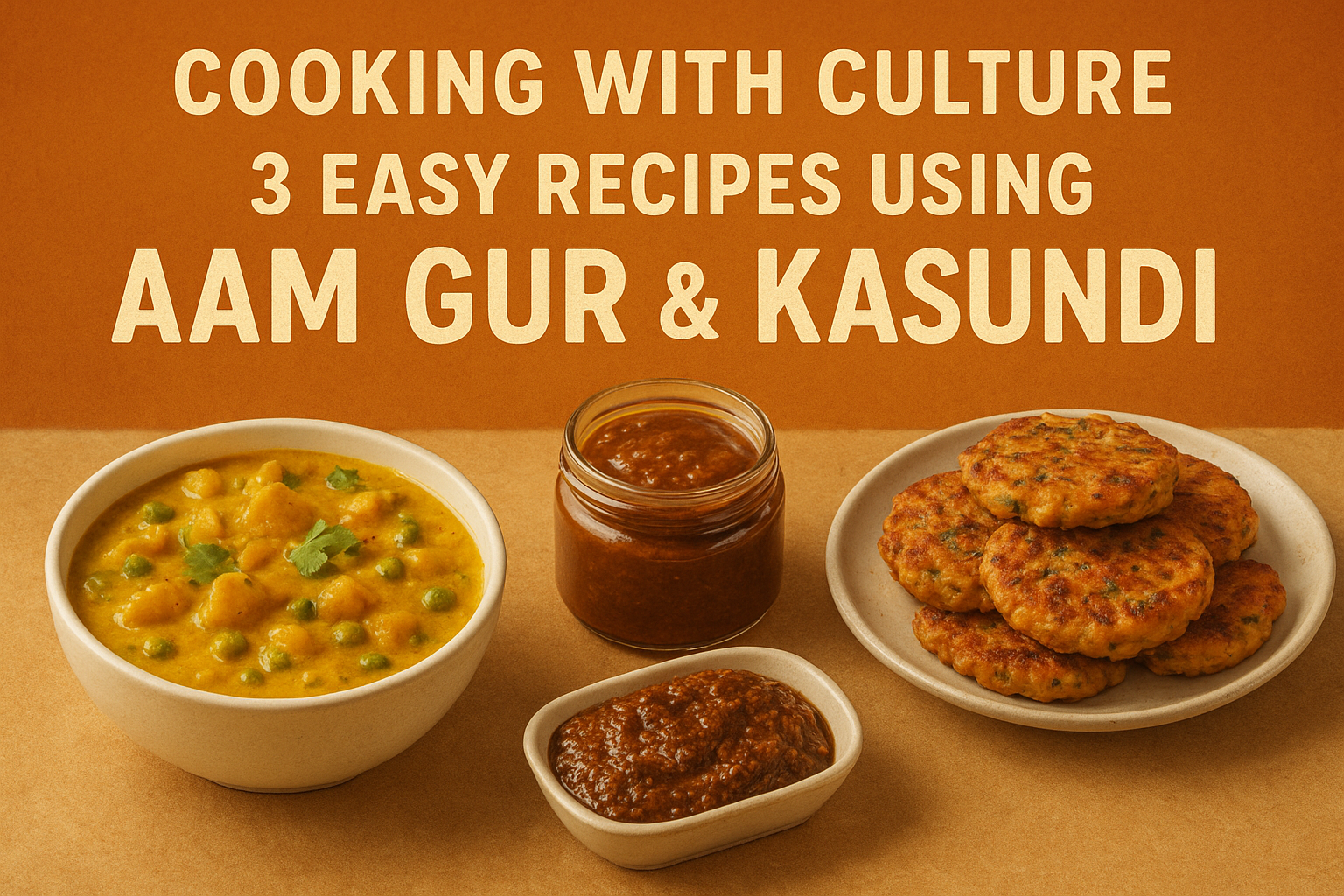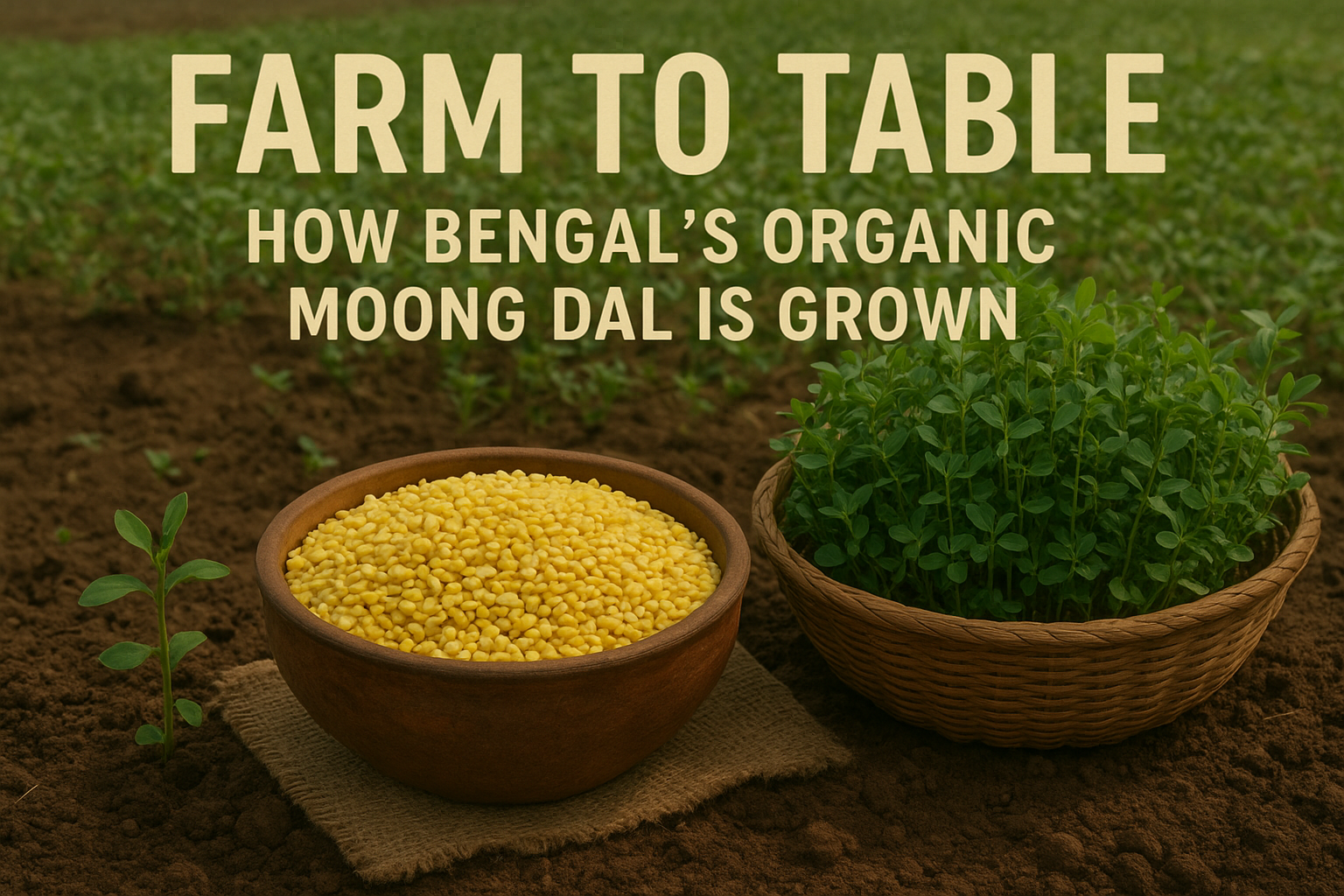Among various cultural traditions in India, Terracotta art from Bengal is one of the most cherished and popular ones. Panchmura village of West Bengal’s Bankura district is still contributing to preserving its artificial mastery of terracotta through the Panchmura Horse. This rural clay art preserves artisanal intelligence, reflecting Bengal’s traditional superiority.
Panchmura – The Village of Clay Stories
Located about 23 kilometers away from Bishnupur, Panchmura is a small gram panchayat of Bankura district. Being world-famous for the terracotta Bankura horse, this village is also known as the heart of terracotta production in Bengal. Religious practices, such as offering the Panchmura horse under a pipal tree after wishes are fulfilled, create a stronger backdrop for this clay art. But presently, the art has gone beyond these beliefs and gained global recognition as a true masterpiece of rural Bengal.
The tradition has a strong root back in the Malla Kingdom, when rulers patronized art, religion, and craftsmanship in Bishnupur. Over time, terracotta from Panchmura gained fame as both religious objects and decorative pieces.
The Craft of Clay
The process of making terracotta figures is still done manually, without any modern machines. A horse, for example, is shaped in parts on the potter’s wheel — the legs, face, and neck are made separately and then joined together. The ears and tails are made in moulds and fitted later. After careful drying in the sun and indoors, the clay models are fired to achieve their final strength.
Every detail, from the holes made to balance drying to the fine curves of the body, shows the patience and skill of the potter. This handmade touch is what makes terracotta products from Panchmura so special.
The Community Behind the Craft
Around 70 families in Panchmura are presently active in this traditional pottery. Interestingly, most of the artisans’ surnames are Kumbhakar, which means potter. The villages showcase that pottery is not only the work for men, but women and children can also take active roles, helping in modelling, drying, and decorating the pieces.
The work begins only after Chaka Puja, when artisans worship their wheels before starting new creations in mid-May. Once, Panchmura had nearly 400 craftsmen, but with changing times many shifted to other professions. The remaining few continue to keep this legacy alive.
From Ritual to Modern Art
While Terracotta art from Bengal, like terracotta horses, elephants, and the Terracotta Shri Ganesha, remain deeply tied to village rituals and religious practices, artisans are also creating designs suited for modern homes and global markets. One of the most popular idols is the Terracotta Shri Ganesh on Bird, a fine blend of tradition and creative imagination.
Despite these innovations, the essence of Panchmura terracotta lies in its roots — symbols of faith, gratitude, and artistic excellence. The Ek-chala Terracotta Durga, where the goddess and her children stand together under one arch, is another example of how this art connects spirituality with craftsmanship.
A Heritage to Preserve
Today, Panchmura terracotta is not just an art form; it is Bengal’s living clay legacy. This art form binds together the stories of villages, people, and beliefs. Since the artisans of this craft have drastically declined, it is crucial to preserve the art, supporting the transfer of the tradition to future generations.
The Bengal Store–An Active Preserver
The Bengal Store has been making an effort to make people aware of this Terracotta art from Bengal and offers mesmerizing terracotta products like Panchmura Horses, Terracotta Shri Ganesh on Bird, and Ek-Chala Durga. This centuries-old rural clay art can now add elegance to any special corner.

